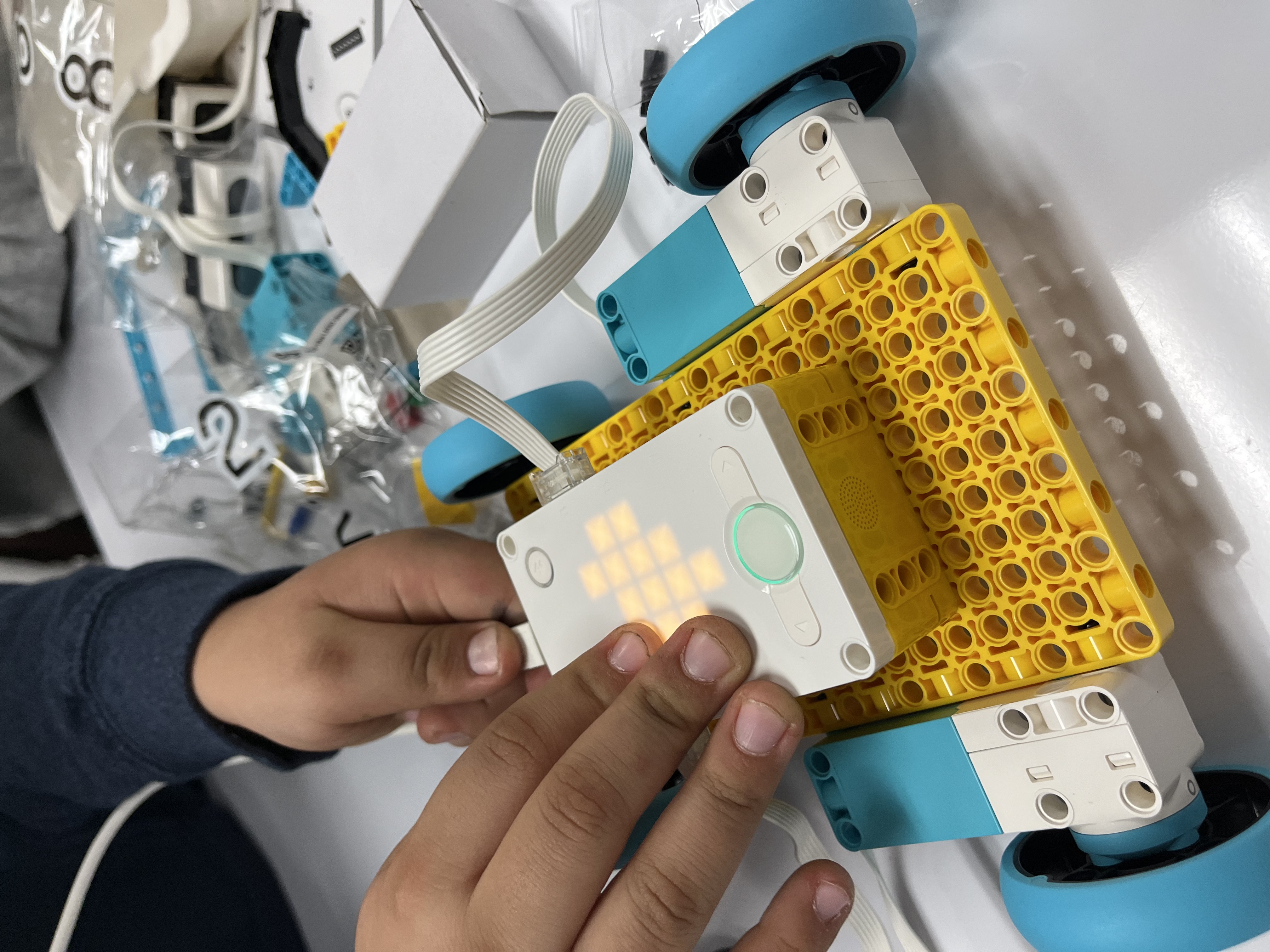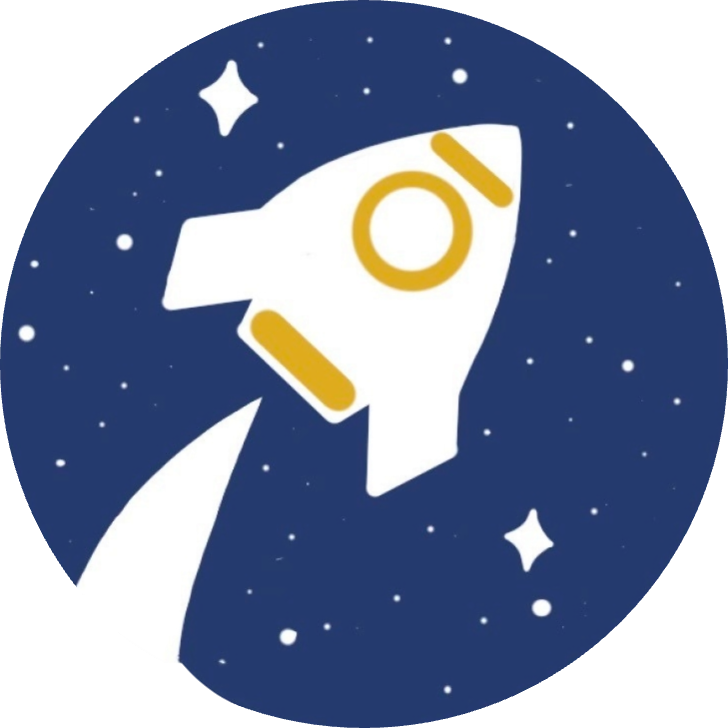0+
Students Enrolled
$0+
Scholarships Offered
0+
Workshops Hosted
IvyChat + IvyCall - New!
Instant college consulting with 20+ mentors at top universities in the United States. Connect with top mentors to get your questions answered, profile reviewed, essays edited, and more for free!
Medical Research Scholars 2025
Research pressing issues in the medical field with peers and mentors from Stanford, NYU, and Berkeley in this 8-week program. Prepare a research paper for submission to academic research journals. 2024 Program Complete.
Future Technology Leaders 2024
An 8-week cohort from July to September for ideating, researching, and developing your new technology venture, with mentors from MIT, Stanford, and Berkeley. Win up to $1500 in funding to expand your initiative. Applications Closed.
Rocket Hacks
A hackathon for student developers innovating with technology to make impact in their community. $22,280 in prizes. Happening July 12 - 14, 2024. Competition Over.
College Application Guidance
Applying to your dream colleges doesn't have to be hard. Over six weeks, research universities, craft your application persona, develop a resume, polish your personal statement, build your activities/honors list, and draft your supplemental essays with Stanford mentors. Registrations Closed.

About STEMplicity
Established in 2023, our expert team works with students, parents, and educators to prepare them for college and career success. We offer elite research and development programs, premium parent consulting, and student workshops to prepare students for college and career success.
